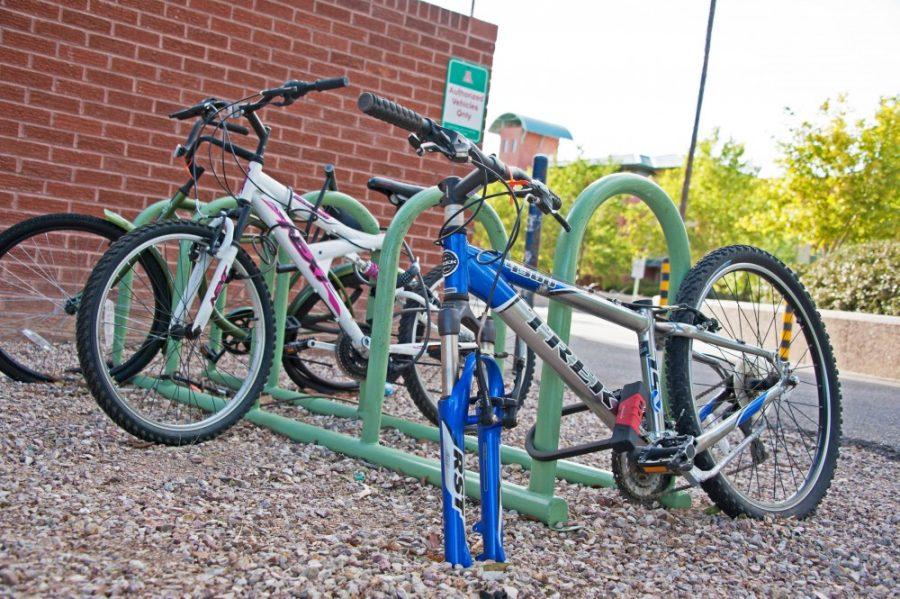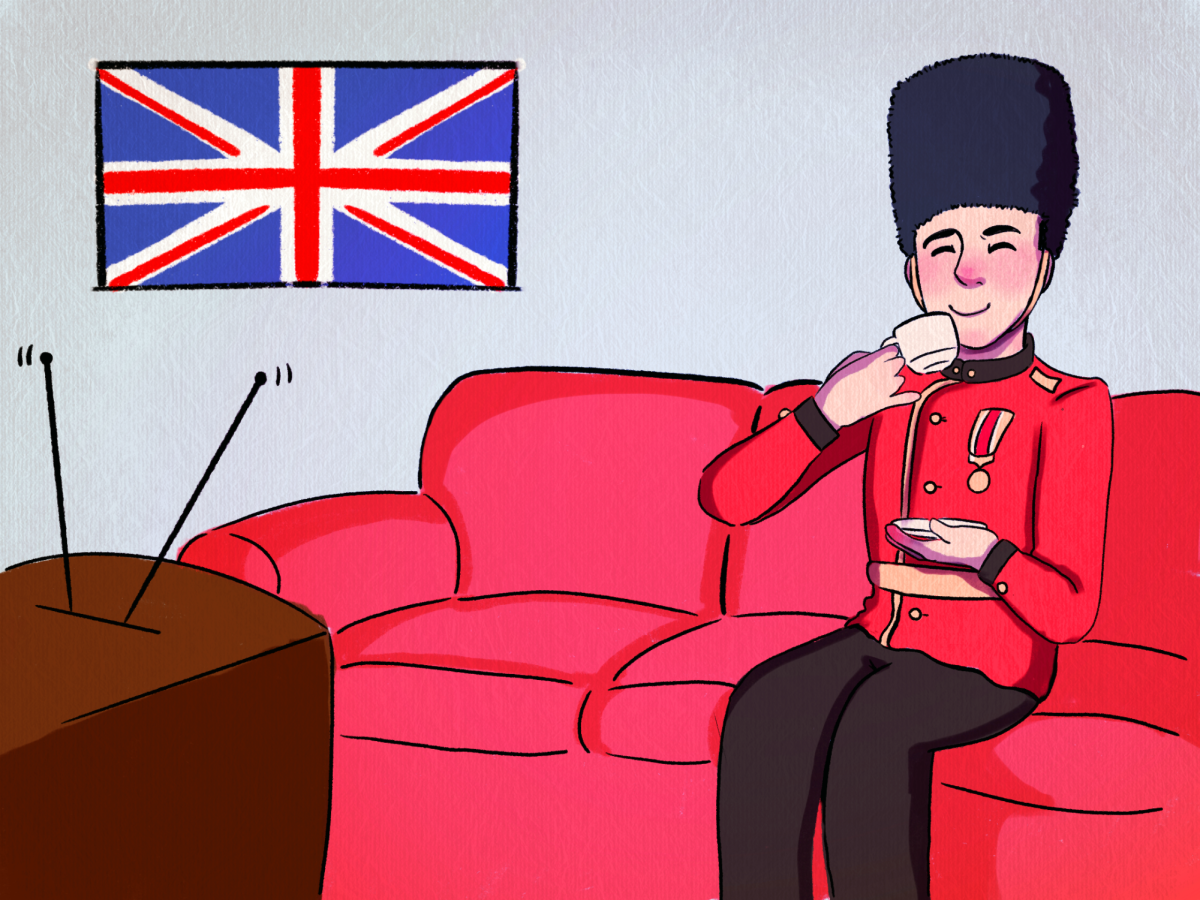Every year a new tuition plan is brought by administration to the Arizona Board of Regents, and every year rates for incoming students to attend the UA rise. This year is no different. President Ann Weaver Hart has proposed incoming out-of-state students pay $34,967 in tuition and incoming in-state students pay $11,769.
READ: Hart introduces a new tuition plan for the upcoming school year, Arizona Regents hold talk for proposed tuition increase
Not only do tuition increases like these make it increasingly difficult for students to attend the UA, but there is also no explicit explanation of where this money is proposed to be going. According to Hart, it is part of the university’s Never Settle plan. This initiative began in 2013 and was meant to create an environment in which “students are all deeply engaged in their education.”
As a UA student, the most interactive classes I have taken have been my honors courses. These courses have a smaller number of students and often involve going on field trips. The key part of these experiences, though, is that the $500 annual honors fee pays for them. I have neither heard of, nor been in, a non-honors course that had any interactive learning. And yet, there are supposedly thousands of dollars per student funding student engagement.
So where is the money really going? The Never Settle campaign was put in place to make students more successful. How successful can a student be if they are paying more money and still not being given the best education possible?
Layoffs and raises cannot be overlooked. President Hart received a $115,000 bonus at the beginning of the 2015-2016 school year for meeting some of the goals set by the Arizona Board of Regents. This bonus brought Hart’s total compensation for 2015 to $753,700.
An important part of giving students their most valuable college experience is to allow them to have one-on-one interactions with professors. Yet, the university has a 20 to 1 student-to-faculty ratio, which is very low in comparison to the national average of 14.5 to 1, and many of our classes are taught by teaching assistants or non-tenured professors.
Fifty-one percent of our professors are non-tenured and 23 percent are adjunct professors. One would think that with such high tuition rates, our professors would be well-paid. However, the average adjunct professor makes only $30,709 a year, according to Glass Door.
It cannot be truly argued that tuition raises promote student success if most of our professors are incredibly underpaid, while our administrators get hefty raises.
As a land-grant university, the UA is supposedly dedicated to providing educational access to the general population. However, when tuition costs rise every year, how can we claim to be fulfilling that mission, especially if out-of-state tuition for the nine-month school year is more than the average annual salary of our adjunct professors?
If tuition is going to increase every year, there should be a clear push for smaller class sizes, higher-paid professors and a more comprehensive learning experience for all students.
Follow Sabrina Etcheverry on Twitter.








